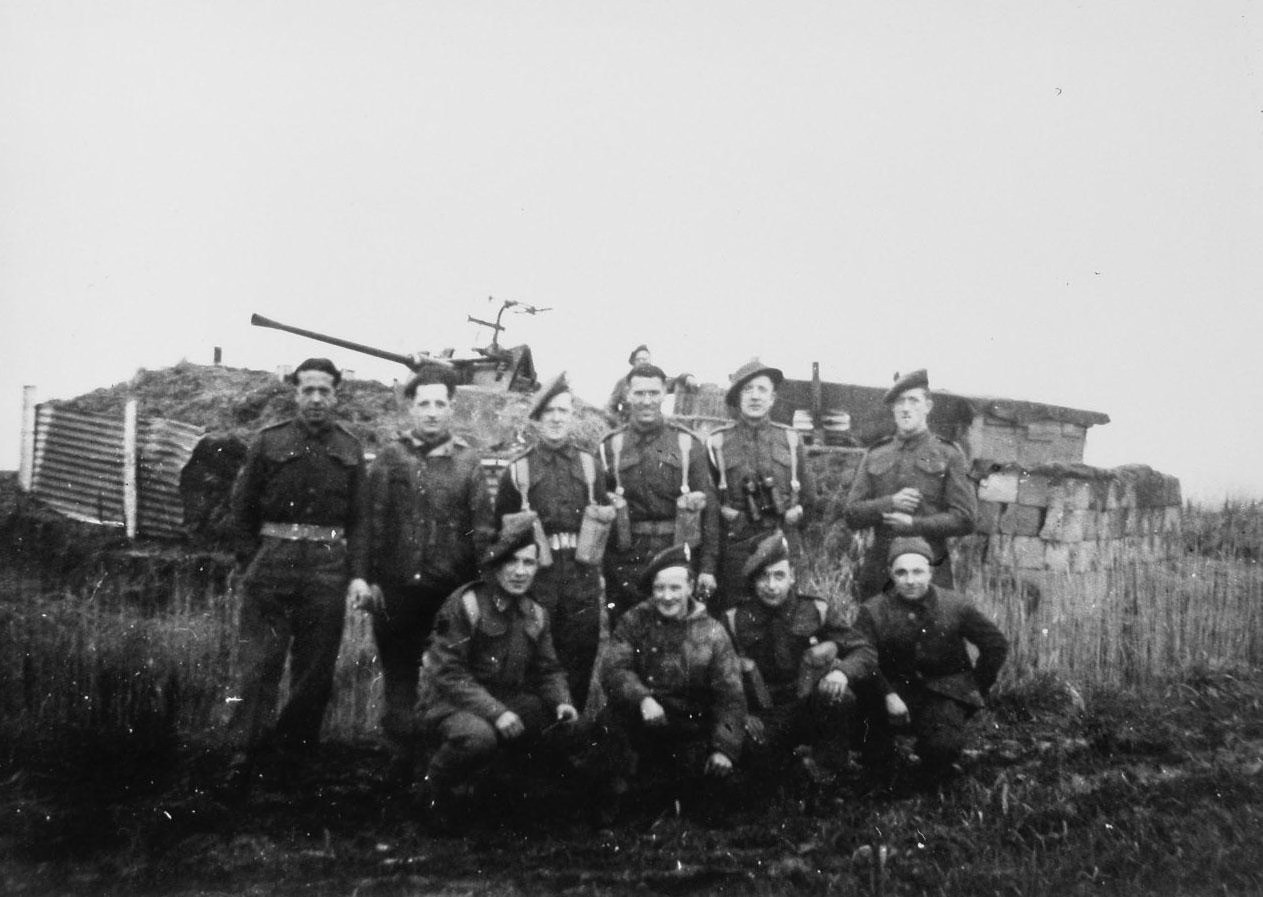Operation Vitality consisted of two parts: Vitality I, a direct attack on the Kreekrakdam from Brabant and Vitality II, amphibious landings behind the German line on the southern bank of South Beveland to open a second front. Operation Vitality II became the responsibility of the Scottish 52nd Lowland Infantry Division. On 26 October 1944, they landed early in the morning at two locations on Zuid-Beveland: Green Beach (south of Hoedekenskerke) and Amber Beach (near Baarland).
This memorial stands at the site of Amber Beach, south of Baarland. The German occupation forces were weakened and offered little resistance. Nevertheless, they managed to knock out 15 Allied vessels. Despite this, the Scottish soldiers managed to establish a bridgehead at both locations and unite them. During this operation, they lost sixty men and made two hundred German soldiers prisoners of war. In the days that followed the landings, a ferry service was set up from the bridgeheads to Terneuzen.
This allowed civilians and wounded to be evacuated and prisoners of war to be taken away. Lots of equipment and fresh forces were also brought in. The success of Operation Vitality II allowed the Scots to advance quickly. With the help of the Canadian troops who had successfully conducted Operation Vitality I, Zuid-Beveland was completely captured on 31 October 1944 from the Germans, who retreated to Walcheren from 30 October onwards.
The landing memorial on the Zeedijk is a granite column topped by a bronze plaque with the following inscription:
52 LOWLAND DIVISION
CROSSED THE SCHELDT AND
LANDED HERE ON
26 OCT. 1944
TO LIBERATE THE ISLAND.
Below the plaque is the coat of arms of the 52nd Lowland Division: a shield containing the Scottish flag.
At the landing monument, the Borsele municipality organises an annual commemoration around 26 October to commemorate the Battle of the Scheldt (2 October to 8 November 1944).
